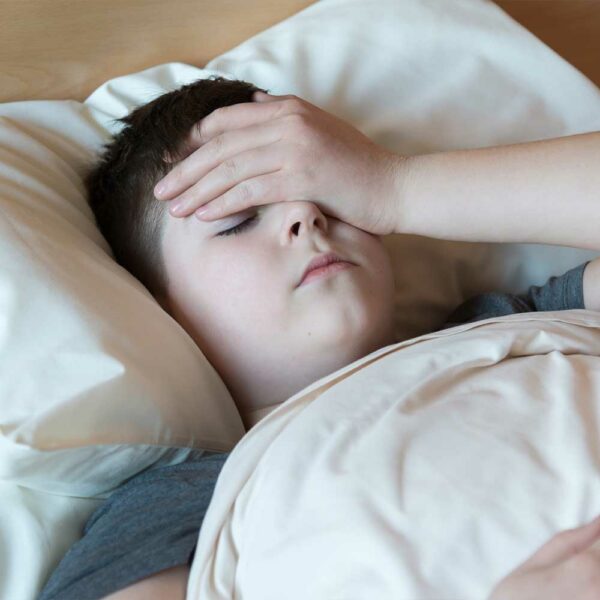Symptoms of Arachnoid Cyst
The symptoms of Arachnoid Cysts can vary depending on their size, location, and the pressure they exert on nearby brain structures. Common symptoms may include:
Headaches: Recurring headaches that may worsen over time.
Seizures: Unexplained seizures or episodes of altered consciousness.
Nausea and vomiting: Persistent nausea and vomiting, especially in the morning.
Developmental delays: Delays in reaching developmental milestones, particularly in infants and young children.
Vision problems: Blurred vision, double vision, or other visual disturbances.
Balance and coordination difficulties: Problems with balance, coordination, or gait.





